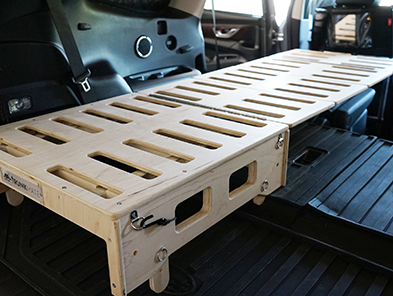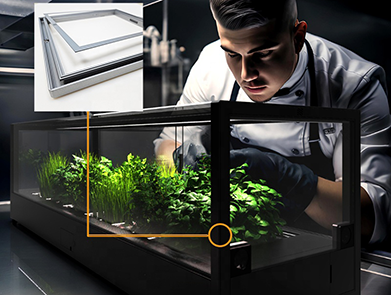Innovation trends in architectural profiles in 2025
2024-12-12
With the increasing global demand for sustainable development and eco-friendly buildings, the year 2025 marks an important transformative period in the building materials industry, especially in the field of aluminum profiles. As one of the main materials in construction, the technological innovations in aluminum profiles are redefining the efficiency and environmental friendliness of modern buildings.
High Efficiency and Energy Saving as Primary Goals
I
n 2025, innovations in building aluminum profiles are not just focused on appearance and design, but also on improving the energy efficiency of buildings. For example, modern aluminum profiles, with their advanced thermal insulation technology, significantly enhance the thermal performance of buildings, reducing energy consumption and the need for air conditioning and heating systems. To address global warming challenges, these new aluminum profiles are also coated with eco-friendly finishes, offering excellent corrosion resistance while maintaining stability in high-temperature environments, thus extending the lifespan of the building.
The Gradual Adoption of Eco-friendly Materials
As environmental awareness increases, more and more construction projects are prioritizing the use of environmentally friendly materials. Aluminum profiles, as a recyclable building material, have become increasingly popular for their green properties in 2025. Whether in the production process or during installation, these profiles contribute to reducing carbon emissions and comply with global green building standards. Additionally, many aluminum profile manufacturers have started utilizing renewable energy in their production processes and have implemented wastewater and exhaust gas recycling, further promoting environmental progress in the industry.
Innovative Designs Driving Diverse Applications
With continuous design advancements, the application of building aluminum profiles has become more versatile. From high-rise buildings to eco-friendly residences, and from public facilities to industrial factories, aluminum profiles provide flexible and diverse solutions. The lightweight and high-strength characteristics of aluminum make it an ideal material for building facades, as well as window frames, door frames, and curtain wall systems. Through optimized design, modern aluminum profile products can meet various architectural needs, ensuring safety and aesthetic appeal.
Looking to the Future: Integration of Smart and Automated Technologies
In the development of building aluminum profiles in 2025 and beyond, the integration of smart technologies and automation will play a key role. For example, smart aluminum profiles may come with built-in sensors that monitor the temperature, humidity, and structural changes of buildings in real-time, allowing managers to track the health of the building at all times. This innovative material will greatly enhance the level of smart building management, reduce maintenance costs, and provide a more comfortable and safe environment for residents and users.
Conclusion
In 2025, the building aluminum profile industry will continue to drive the green transformation of the construction sector through innovation. High efficiency, environmental sustainability, and smart technologies will be the main trends in the development of future building aluminum profiles. Whether in commercial buildings or residential projects, aluminum profiles will play an increasingly important role in architectural design, bringing a more sustainable future to the global construction industry.


